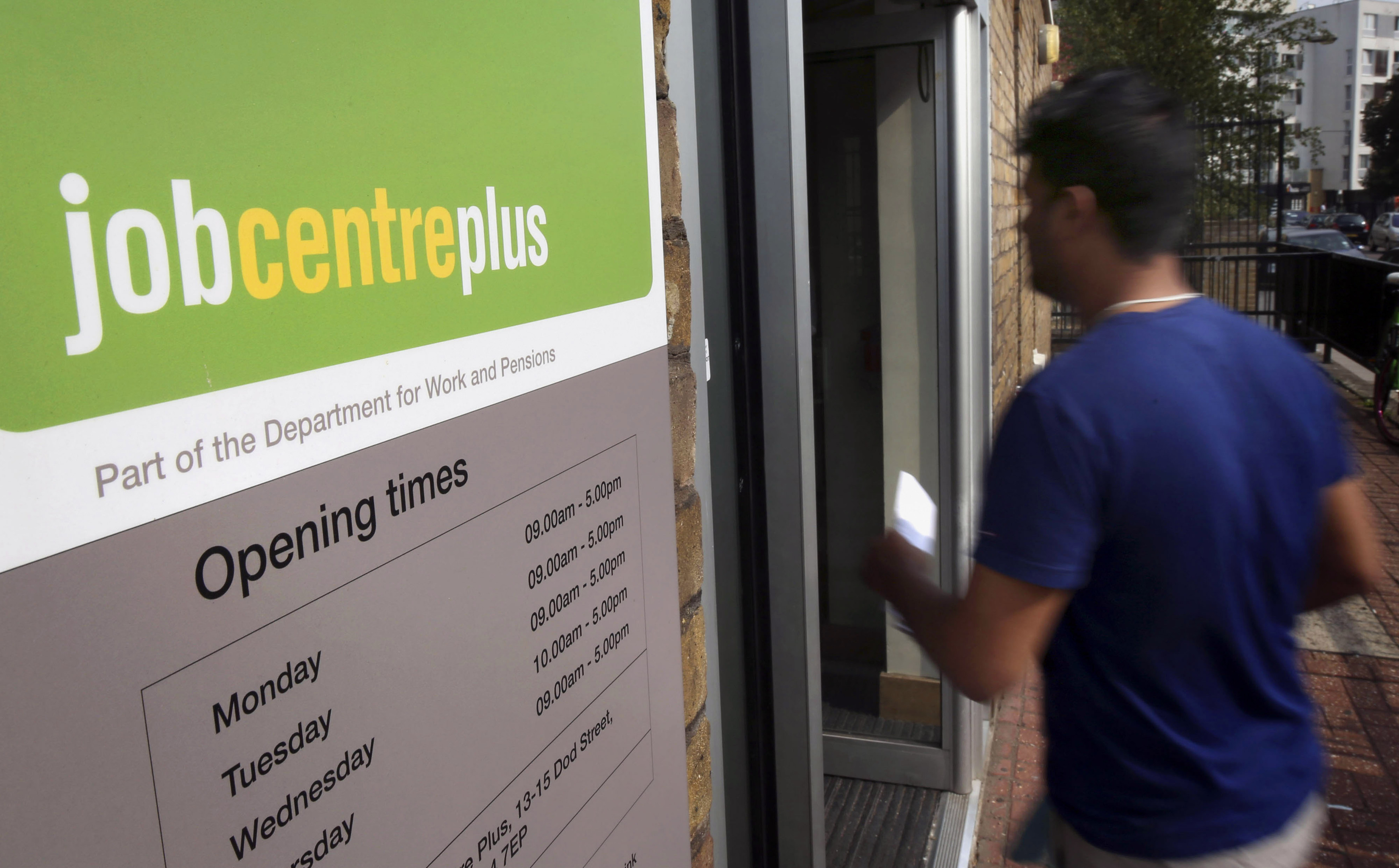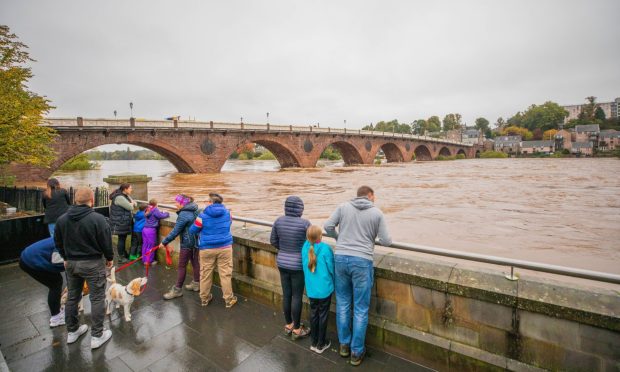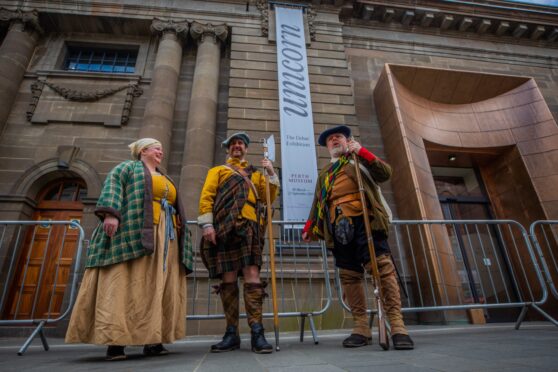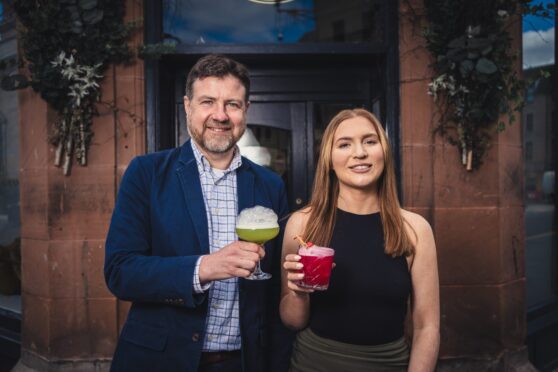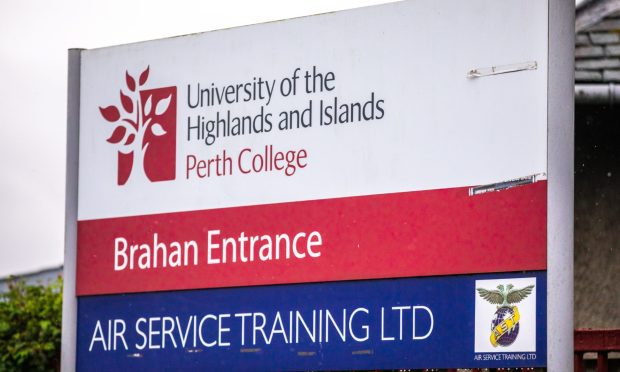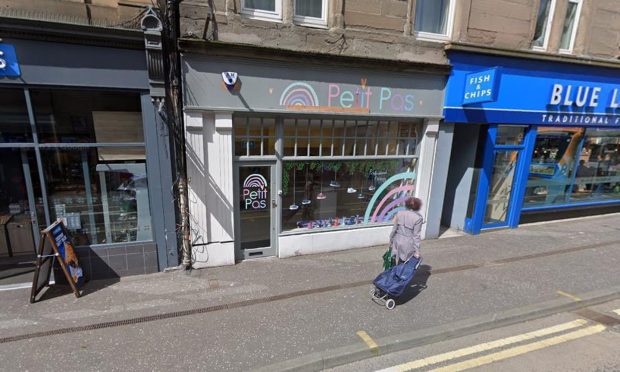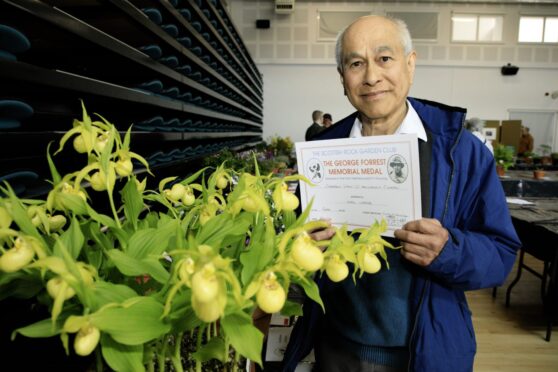A sharp rise in the number of people claiming unemployment benefits across Perth and Kinross has been labelled “deeply troubling” as concerns about the region’s tourism and hospitality industries grow.
The number of new claimants rose 20.6% – the third highest increase in Scotland – between April and May, as the coronavirus pandemic took its toll on an area with a traditionally low unemployment rate.
Recent job losses at hotel chains in Perthshire followed a number of store closures in the city, including Beales and Gap. Concerns remain about the ongoing redundancy talks at SSE/OVO.
Highland Perthshire economy faces ‘devastating’ blow as redundancy talks start at hotel chain
Across Tayside and Fife the next highest rate of new claimants was in Angus at 14.1%, below the national average of 14.4%.
Perthshire Chamber of Commerce leaders say they are worried the number will continue to rise in the months ahead.
Vicki Unite, chief executive of the chamber, said: “Perth and Kinross usually enjoys relatively low unemployment numbers and this significant rise is worrying. It’s not surprising, however. The number of micro businesses across Perth and rural Perthshire is high and along with larger businesses also under pressure, particularly those within the hospitality, tourism and retail sectors, unfortunately this rise could continue.
“As we ease out of lockdown and the furlough scheme alters with more burden placed on employers, who are contending with unconfirmed dates and guidance, it is extremely likely that unemployment figures will rise.”
Pete Wishart, SNP MP for Perth and North Perthshire, called on governments to work together in light of the figures released by the Office of National Statistics (ONS) on Tuesday.
Mr Wishart said: “The sharp rise is unemployment in Perth and Kinross is deeply troubling. We know that COVID-19 has had a real impact on a number of the large sectors that make up our local economy, such as tourism, hospitality and the wider service sector.
“Historically Perth and Kinross has had one of the highest employment rates in the country, so this is obviously very concerning and something which we are going to have to work hard across governments and government agencies to tackle.”
Conservative MSP, Alexander Stewart, said the region faced “huge challenges ” in the wake of the pandemic.
“It is clear that with industries such as tourism and hospitality across Perth and Kinross area that we are going to need specific measures put in place, in order to support those who find themselves out of work or on reduced contracts,” he said.
“I am committed to ensuring that we look at forward-thinking economic policies which will supply and provide support, thus ensuring that employment rates are kept as high as possible throughout the region in the coming months.”
Perth and Kinross Council said it has already paid out more than £33 million in business support grants and will continue to work with local businesses and partner agencies to try strengthen the economy.
A council spokesperson said: “Coronavirus is having a devastating impact on economies around the world and Perth and Kinross is no exception.
“Tourism is one of our strongest sectors and, inevitably, has been hit particularly hard by the lockdown.”
In Scotland, unemployment rose to 4.6% between February and April, a 1.1% increase on the previous quarter.
